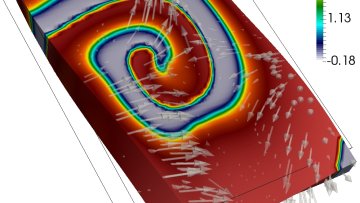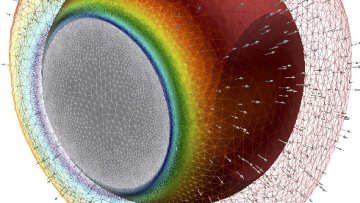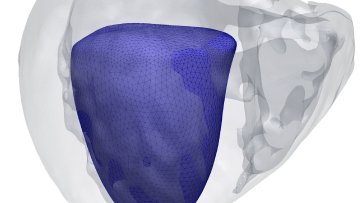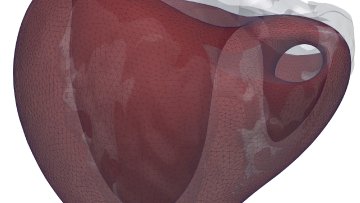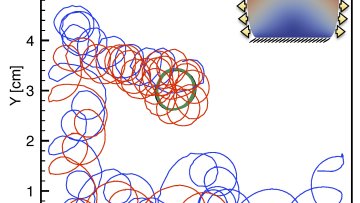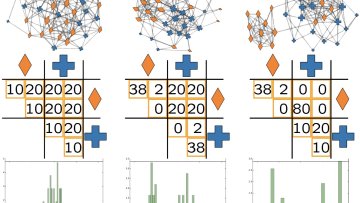J. M. Foster 1 , N. E. Courtier 2 , S. E. J. O’Kane 3 , J. M. Cave 3 , R. Niemann 4 , N. Phung 5 , A. Abate 5 , P. J. Cameron 4 , A. B. Walker 3 & G. Richardson 2 .
1 School of Mathematics & Physics, University of Portsmouth, UK. {@email}
2 School of Mathematics, University of Southampton, UK.
3 School of Physics, University of Bath, UK.
4 School of Chemistry, University of Bath, UK.
5 Helmholtz-Zentrum Berlin, Germany.
Metal halide perovskite has emerged as a highly promising photovoltaic material. Perovskite-based solar cells now exhibit power conversion efficiencies exceeding 22%; higher than that of market-leading multi-crystalline silicon, and comparable to the Shockley-Queisser limit of around 33% (the maximum obtainable efficiency for a single junction solar cell). In addition to fast electronic phenomena, occurring on timescales of nanoseconds, they also exhibit much slower dynamics on the timescales of several seconds and up to a day. One well-documented example of this is the ‘anomalous’ hysteresis observed in current-voltage scans where the applied voltage is varied whilst the output current is measured. There is now a consensus that this is caused by the motion of ions in the perovskite material affecting the internal electric field and in turn the electronic transport.
We will discuss the formulation of a drift-diffusion model for the coupled electronic and ionic transport in a perovskite solar cell as well as its systematic simplification via the method of matched asymptotic expansions. We will use the resulting reduced model to give a cogent explanation for some experimental observations including, (i) the apparent disappearance of current-voltage hysteresis for certain device architectures, and (ii) the slow fading of performance under illumination during the day and subsequent recovery in the dark overnight. Finally, we suggest ways in which materials and geometry can be chosen to reduce charge carrier recombination and improve device performance.


